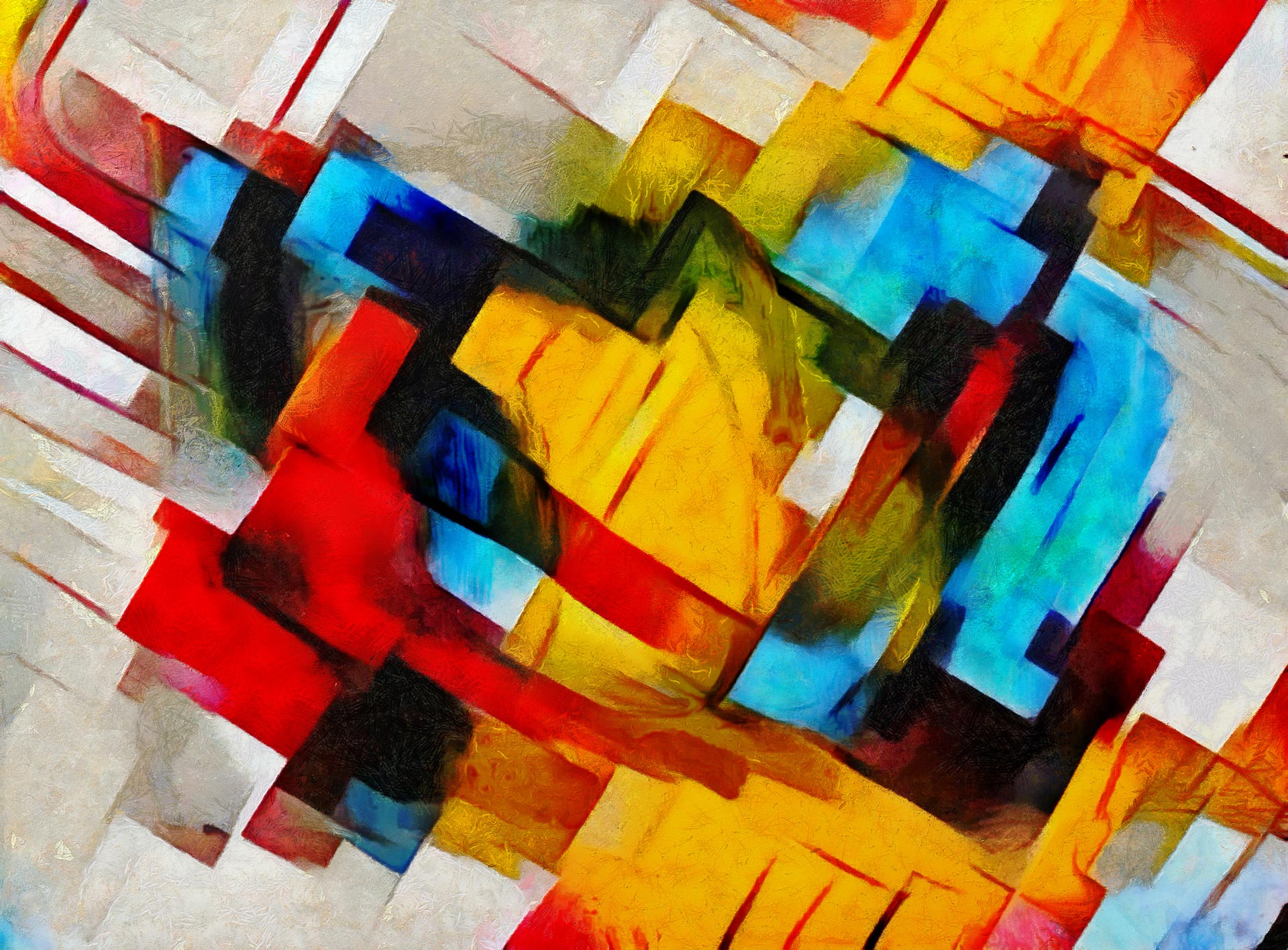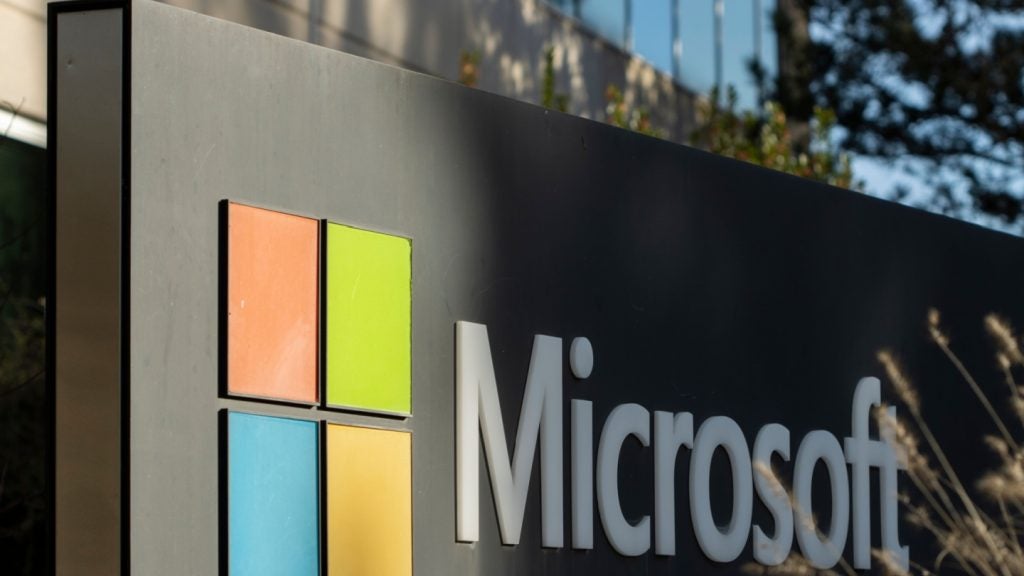
This week a Picasso painting worth an estimated $28m was found after going missing for 20 years.
The painting, titled “Portrait of Dora Maar” disappeared from a yacht in 1999, but was discovered on the black market in The Netherlands by an art detective.
Although the world of art collecting may seem polar opposite to the world of blockchain, the industry is one of many utilising the technology to stamp out crimes such as the Picasso theft.
Blockchain is starting to impact the way art is bought and sold, making it easier to verify whether a painting is authentic rather than a fake, and make it harder for it to be stolen and resold. Startups such as Codex and Verisart are capitalising on interest in the technology and offering registration services in which artists and collectors can create permanent records of a piece of art on the blockchain.
Beyond the Picasso theft: benefits for blockchain in art
Tokenisation is also being used as a way of making it easier to invest in art, making it possible to own a fraction of a work of art. Last year Andy Warhol’s 14 Small Electric Chairs was sold as part of the first ever cryptocurrency art auction, with it possible to purchase a percentage of the painting.
According to a 2014 report by the Fine Arts Expert Institute, 50% of artwork is either fake or not attributed to the wrong artist. Therefore, a system that can keep track of this by creating a permanent record documenting when a painting is bought and sold, has been an unlikely match for the industry.
How well do you really know your competitors?
Access the most comprehensive Company Profiles on the market, powered by GlobalData. Save hours of research. Gain competitive edge.

Thank you!
Your download email will arrive shortly
Not ready to buy yet? Download a free sample
We are confident about the unique quality of our Company Profiles. However, we want you to make the most beneficial decision for your business, so we offer a free sample that you can download by submitting the below form
By GlobalDataThomas Crown Art has gone one step further, creating a way to use physical artwork as a store of value by ‘walletising’ each piece of art and linking it to a Certificate of Provenance stored on the blockchain, meaning that the physical artwork itself can be used as a wallet, capable of storing cryptocurrency.
Stephen Howes, art dealer at Thomas Crown Art, believes that blockchain could make it easier to stop the theft of paintings such as the “Portrait of Dora Maar”:
“The case this week of the stolen Picasso masterpiece that was recovered 20 years later shows you that crime is a problem that continues to plague our industry, impacting artists, collectors and galleries.
“Indeed, it’s a problem that seems to be on the rise. It has been reported that the vast majority of art and antiquities on major retail bidding sites are thought to be artistic fakes. Meanwhile, according to research, more than 90% of museum art thefts involves an insider, often using high level forgery techniques to produce fakes.”
He believes that blockchain could help stamp out forgery, and could have prevented the Picasso theft:
“It provides the ability to store a permanent, immutable record of artwork at the point of creation or beyond which can be used to authenticate registered works by anyone with an internet connection.
“Tracking these valuable pieces and registering their records creates a chain of custody that documents their ownership and transfer. This can include noting the pieces’ auctions, sale values, shipment and other verified information without disclosing sensitive personal data of the owners.
“We now have the tech. And this case should serve as a wake-up call for the art world to invest more in blockchain to protect artists, galleries, and private owners and collectors, and drive confidence and global sales.”





